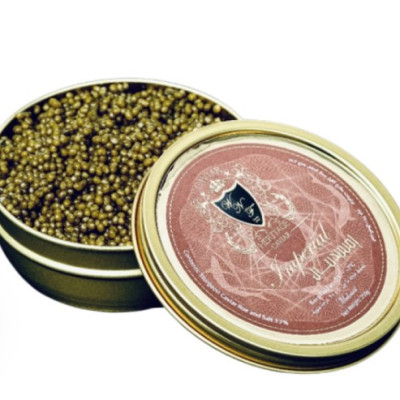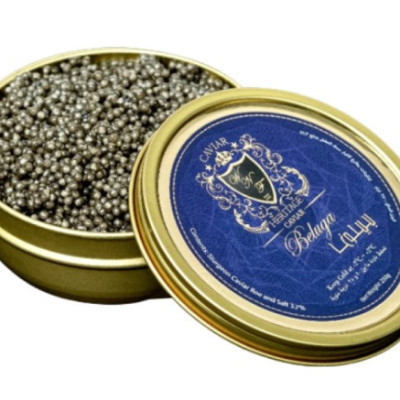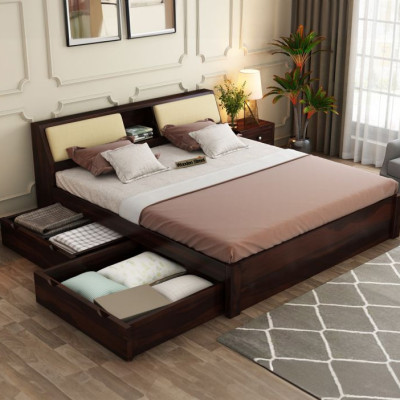
Introduction to the difference between HDI board and ordinary PCB
Published By Cynthia_PCB_assembly Hitech Circuits
- LocationShenzhen, 广东省 China
- StatusIn stock
- TypeNew
HDI board (High Density Interconnector), that is, high-density interconnect board, is a circuit board with a relatively high line distribution density using micro-blind buried hole technology. HDI board has inner and outer layers, and then uses drilling, in-hole metallization and other processes to connect the internal layers of each layer.
HDI board is generally manufactured by lamination. The more times of lamination, the higher the technical level of the board. Ordinary HDI board is basically 1-time lamination, and high-end HDI uses 2 or more times of lamination technology, and also uses advanced PCB technologies such as stacking holes, electroplating filling holes, and laser direct drilling.
When the density of PCB increases to more than eight layers, the cost of manufacturing with HDI will be lower than the traditional complex pressing process. HDI board is conducive to the use of advanced assembly technology, and its electrical performance and signal accuracy are higher than traditional PCB. In addition, HDI boards have better improvements in radio frequency interference, electromagnetic wave interference, electrostatic discharge, heat conduction, etc.
Electronic products are constantly developing towards high density and high precision. The so-called "high" not only improves the performance of the machine, but also reduces the size of the machine. High-density integration (HDI) technology can make the terminal product design more miniaturized while meeting higher standards of electronic performance and efficiency. Currently, many popular electronic products, such as mobile phones, digital (cameras), laptops, automotive electronics, etc., use HDI boards. With the upgrading of electronic products and market demand, the development of HDI boards will be very rapid.
Introduction to ordinary PCB
PCB (Printed Circuit Board), the Chinese name is printed circuit board, also known as printed circuit board, is an important electronic component, a support for electronic components, and a carrier for electrical connections of electronic components. Because it is made using electronic printing technology, it is called a "printed" circuit board.
Its main function is to avoid manual wiring errors due to the consistency of similar printed boards after electronic equipment adopts printed boards, and can realize automatic insertion or mounting, automatic soldering, and automatic detection of electronic components, ensuring the quality of electronic equipment, improving labor productivity, reducing costs, and facilitating maintenance.
HDI board is a high-density interconnection circuit board. The boards that are electroplated with blind holes and then pressed again are all HDI boards, which are divided into first-order, second-order, third-order, fourth-order, and fifth-order HDI. For example, the motherboard of iPhone 6 is a fifth-order HDI.
Simple buried holes are not necessarily HDI.
How to distinguish between first-order, second-order, and third-order HDI PCBs
The first-order is relatively simple, and the process and technology are easy to control.
The second-order is troublesome. One is the alignment problem, and the other is the problem of punching and copper plating. There are many designs for the second order. One is that the positions of each order are staggered. When the adjacent layer needs to be connected, it is connected through wires in the middle layer. The method is equivalent to two first-order HDIs.
The second is that two first-order holes overlap and achieve the second order by superposition. The processing is similar to two first-order holes, but there are many process points that need to be specially controlled, which is what is mentioned above.
The third is to drill directly from the outer layer to the third layer (or N-2 layer). The process is very different from the previous one, and the difficulty of drilling is also greater.
For the third order, the second order is analogous.
Ordinary PCB boards are mainly FR-4, which is made of epoxy resin and electronic grade glass cloth. Generally, traditional HDI uses adhesive copper foil on the outermost surface. Because laser drilling cannot penetrate glass cloth, adhesive copper foil without glass fiber is generally used, but the current high-energy laser drilling machine can already penetrate 1180 glass cloth. In this way, there is no difference from ordinary materials.
Email us Cynthia<sales11@hitechpcb.com> if you are interested in PCB and PCBA service.









